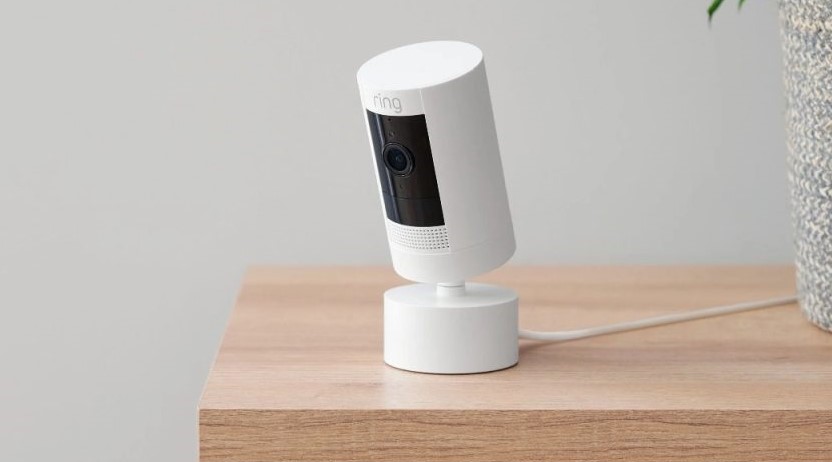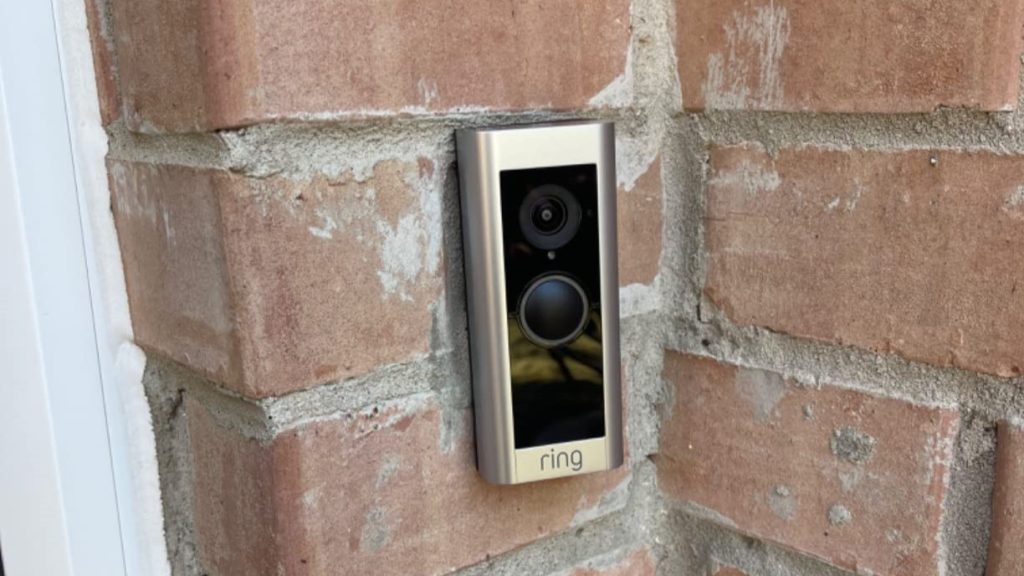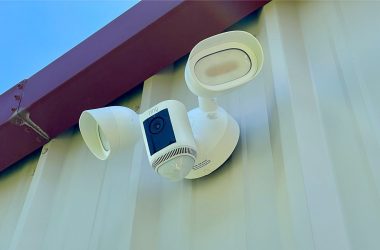Key Takeaways
- Ring devices use 1-8 Mbps, depending on the model and video quality.
- Standard video uses 1-2 Mbps; HD and 4K use more bandwidth.
- Data usage per event is 50-300 MB, with monthly consumption ranging from 1-50 GB.
- Factors like video quality, number of devices, motion events, and live streaming affect bandwidth.
Is your Ring Doorbell video lagging or your Ring Camera cutting out? It can happen due to several reasons, including poor bandwidth and connectivity. Understanding Ring Doorbell and Ring Camera bandwidth usage can help prevent such issues. Read on to learn more!
How Much Bandwidth Does Ring Use?
Ring devices typically use 1-2 Mbps upload bandwidth for standard 720p video, while 1080p HD video may require 2-4 Mbps. Higher resolution and frequent events can increase bandwidth usage.

For smooth performance, Ring recommends at least 2 Mbps upload speed per device, with more required for multiple devices or continuous monitoring activities like live streaming.
Ring Camera Bandwidth Requirements
Ring Cameras typically require the following bandwidth for optimal performance:
- 720p resolution: 1-2 Mbps upload speed
- 1080p resolution: 2-4 Mbps upload speed
- 4K resolution (where applicable): 4-10 Mbps upload speed
Multiple cameras or frequent motion events can increase the overall bandwidth needed. Ring recommends at least 2 Mbps per camera for stable operation, especially when using live streaming or recording high-quality footage.
Ring Doorbell Bandwidth Requirements
Ring Doorbells generally have the following bandwidth requirements for smooth performance:
- 720p resolution: 1-2 Mbps upload speed
- 1080p resolution: 2-4 Mbps upload speed
For multiple devices or frequent events, more bandwidth may be needed. Ring recommends at least 2 Mbps upload speed per device to ensure optimal functionality, especially for live streaming and video recording in HD.
📹 Ring Camera Bandwidth Usage
Here’s a brief overview of Ring Camera bandwidth usage for different models:

- Indoor Cam: Uses 1-2 Mbps. Great for indoor monitoring with minimal bandwidth.
- Stick Up Cam: Needs 2-3 Mbps. Works indoors or outdoors, providing clear video over larger areas.
- Floodlight Cam: Requires 3-5 Mbps. Delivers high-quality video, especially at night, with added lighting.
🔔 Ring Doorbell Bandwidth Usage
Here’s a brief overview of Ring Doorbell bandwidth usage for different models:

- Standard Model: Uses 1-2 Mbps. Good for basic video and motion detection, but not very sharp.
- Pro Model: Needs 2-5 Mbps. Offers clearer video, making details like faces and license plates easier to see.
- Elite Model: Uses 5-8 Mbps. Provides the clearest, most detailed video, ideal for high security and identification.
How Much Data Does Ring Use?
Ring devices use 50-300 MB of data per event, depending on video quality (720p or 1080p) and usage. Light usage (5 events/day) may consume 1-4 GB monthly, while heavy usage can exceed 50 GB.
Live view streaming and frequent motion alerts also increase data usage. Video quality and activity levels determine overall data consumption.
Here’s a brief breakdown of how much data each Ring device uses:
- Ring Video Doorbells (e.g., Ring Video Doorbell 3, Ring Video Doorbell Pro 2)
- Average Usage: 50–300 MB per event
- Monthly Usage: 1–4 GB for light usage (5 events/day); up to 50+ GB for heavy usage (frequent motion alerts or continuous recordings).
- Ring Security Cameras (e.g., Ring Stick Up Cam, Ring Floodlight Cam)
- Average Usage: 50–300 MB per event
- Monthly Usage: 2–20 GB, depending on the camera’s usage and motion detection frequency.
- Ring Alarm System (when using cameras and the app for notifications)
- The Ring Alarm itself uses very little data, but connected cameras and doorbells drive data usage.
- Video Quality Settings Impact
- 1080p HD: Uses more data per event (about 100–300 MB/event).
- 720p HD: Lower data usage, approximately 50–100 MB/event.
- Live Streaming: If you use live view frequently, data consumption will be higher. Each minute of live view can consume around 1–2 MB per minute in low quality and up to 10 MB per minute for high-quality streams.
These numbers can fluctuate depending on how often your device captures video, uploads it to the cloud, or how frequently you check the live feed.
What Factors Affect Ring Devices’ Bandwidth Usage?
Ring devices require specific internet speeds to function properly. Factors affecting Ring devices’ bandwidth usage include:
- 🎥 Video Quality: Higher quality (HD/4K) uses more bandwidth than standard definition.
- 📶 Number of Devices: More Ring devices mean higher bandwidth usage, potentially slowing your network.
- 🔗 Simultaneous Activity: Multiple Ring devices recording or streaming at once increase bandwidth usage, straining your network.
- 🚨 Motion Detection Frequency: More frequent recordings consume more bandwidth.
- 📡 Live Streaming: Continuous live viewing uses more bandwidth. The more frequently you use Live View, the more bandwidth is consumed.
- 🌐 Wi-Fi Strength: Poor signal may result in higher bandwidth needs to maintain connection.
- 🌙 Environmental Lighting: Low light can cause the camera to use more data for clearer video.
How to Optimize Your Home Network for Ring Devices
To ensure smooth performance for your Ring devices, here’s how to prepare your home network, especially if multiple devices are using the internet simultaneously:
- 📹 Adjust Video Quality: Lower the resolution on some devices to reduce bandwidth usage.
- ⏳ Limit Live Streaming: Use live view only when necessary to save bandwidth.
- 🕒 Schedule Motion Detection: Set specific times for motion alerts to avoid unnecessary recordings.
- 📱 Declutter Your Wi-Fi: Turn off unused devices like tablets or consoles to free up bandwidth.
- ⚙️ Adjust Router Settings: Use QoS to prioritize Ring devices for better performance.
- 📡 Upgrade Your Network: Get a newer router or mesh system for better coverage and handling multiple devices. Also, consider a faster internet plan.
- 🏠 Place Devices Strategically: Ensure devices are within strong Wi-Fi range to avoid connection issues.
Ensure Flawless Ring Camera Connectivity
To make the best of your Ring device, you need to understand its internet speed requirements and manage your home network accordingly. Here’s what else you can do:
- If your Ring Doorbell disconnected from WiFi, check WiFi, move the router closer, verify WiFi band compatibility, and restart the router.
- You can use Ring Doorbell without WiFi, but only as a traditional doorbell.
- To prevent Ring Doorbell WiFi jamming, secure your network, enable 2FA, update firmware, separate IoT devices, and use a wired connection.










